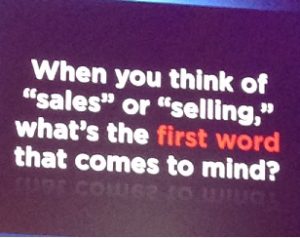Here we are at the end of January. You’ve made some changes to your diet in the first month of the year, and now…you’re about to hit the road for a week. Here are five tips to help you stay on track with your good nutrition habits while you’re traveling – whether you’re hopping on a plane, train, automobile, or bicycle!
- Bring your own food. Grab some of your favorite snacks and pop them in a travel bag. Some of my choices this week were: apples, oranges, homemade hummus, carrot sticks, and a protein shake. When your eyes are focusing in on someone else’s cookies and pretzels, just open up your snack bag and make a healthy choice. An added bonus of bringing your own food with you when you travel: you know what’s in the food you’re eating. You’re having a nutrient-dense snack or meal instead of food that will ensure that you’ll be hungry before you know it.
- Eat before you get hangry. Plan the timing of your snacks and meals on travel day. Yes, it sounds like work. Trust me, though, you’ll be glad at 10:30 to have that apple or orange before your stomach starts grumbling to remind you it’s time to refuel. You’ll avoid crankiness AND you won’t be tempted by that bag of potato chips the person sitting next to you just opened.
- Do some research before you travel. Go online and look at restaurants in the area where you’ll be staying BEFORE your trip. Find out what your restaurant options are before traveling. Take a look at menus so that you know what kind of choices you’ll have: vegetarian, vegan, gluten free? If you don’t find any meals that suit your diet, give the restaurant a call and find out if they can accommodate your needs.
- Stay hydrated, and bring a water bottle with you. Drink water. Here’s an easy way to add some H20 to your day: have a glass of water first thing in the morning. Then have a glass of water a half hour before each meal. For an extra treat, add some lemon juice, strawberries, or cucumber slices to your glass.
- Get plenty of sleep. Willpower walks out the door when we’re tired. Everything in sight suddenly looks enticing, and it can be difficult to make healthy food choices. Go to bed before you’re exhausted, keep your electronics away from your bed, close the blinds or shades so the room is dark before heading off to dreamland. If you’re setting an alarm clock, put it on the other side of the room so that you have to get out of bed to turn it off.
There you have it – five tips to help keep you on track with making healthy food choices while you’re traveling. These are also great tips to make a part of your daily life at home as well. Healthy living starts now.















